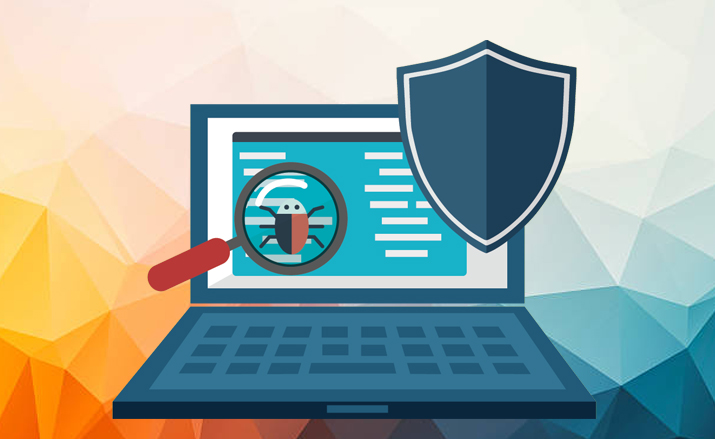

A computer worm is a type of malicious software program whose primary purpose is to infect other computers while staying active on the infected system. A PC worm is a self-recreating malware that copies itself to spread to uninfected PCs. Worms regularly use parts of a working operating system that is automatic and undetectable to the user. Usually for worms to be seen just when their uncontrolled replication expends framework resources, moderating or stopping different tasks.
A PC worm infection spreads without the permission of users, all it needs to wind up dynamic on a corrupted operating system. Before broad utilization of systems, PC worms were spread through contaminated capacity media, for example, floppy diskettes, which, when mounted on an os, would taint other storage gadgets associated with the targeted framework. USB drives are as yet a typical vector for PC worms. PC worms often depend on the activities of, and vulnerabilities in, organizing conventions to spread. The worm is able to continue to propagate within an association in this way. When you bring a device which is infected, the worm can spread to other networks.
Worms can be transmitted through programming vulnerabilities. Or on the other side PC worms could arrive as attachments in the spam email or texts message (IMs). When opened, these documents could give a connection to a malignant site or consequently download the PC worm. When it is installed, the worm quietly goes to work and infect the machine without the authorization of users.
Worms can change and erase files and they can even infuse extra noxious programming onto a PC. Once in a while, a PC worm's intention is just to make duplicates of it, again and again, draining operating system resources, for example, hard drive space or transfer speed, by over-burdening a mutual system. Notwithstanding unleashing destruction on a PC's resource, worms can likewise take information, introduce indirect access, and enable a programmer to pick up power over a PC and its os settings.
The moment you suspect that your PC is infected by the worm, immediately run a virus scan. Even if the scan comes up negative, continue to be proactive by following these steps.
PC worms are only one case of malignant software. To help shield your PC from worms and other online dangers, make these steps.